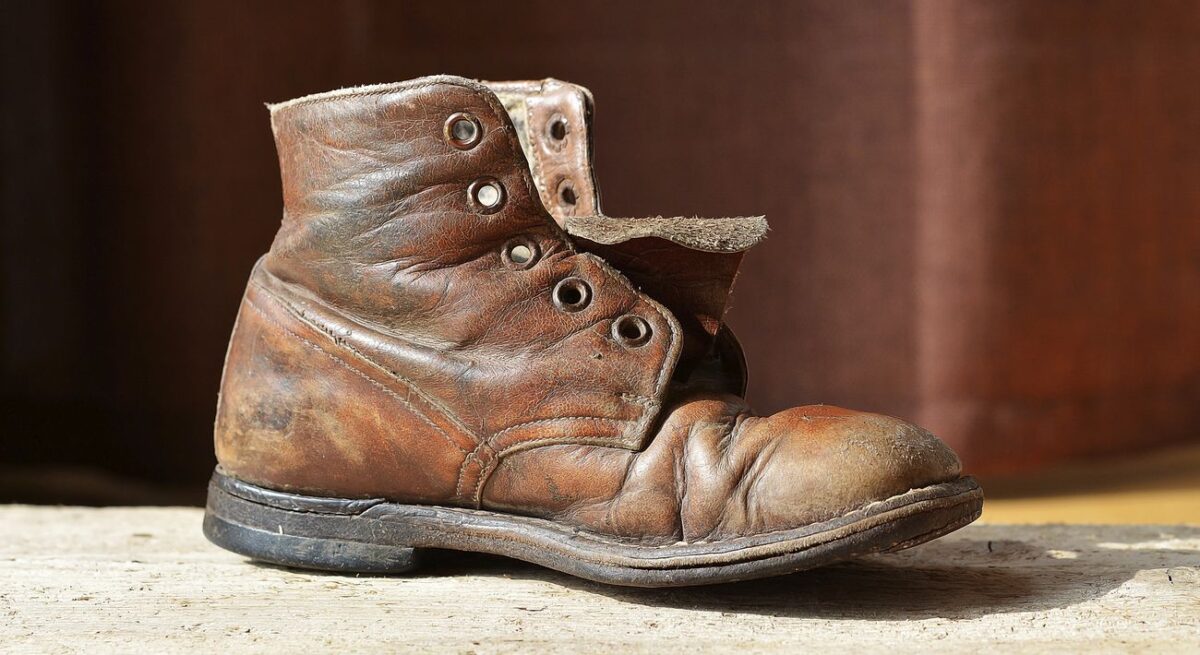Tag: WTF
-

Tracking “recycled” shoes with Airtags
U.S. petrochemicals giant Dow Inc and the Singapore government said they were transforming old sneakers into playgrounds and running tracks. Reuters put that promise to the test by planting hidden trackers inside 11 pairs of donated shoes. Most got exported instead. […] t a rundown market on the Indonesian island of Batam, a small location…
-
Why everything you buy is worse now
-
Bunkers
-
Singapore’s prison system
A documentary by CNA from last year. Looks like I never posted this on my blog. 4 parts.
-

Cryogenics
Eventually, the mortician was not pleased with the other bodies sitting around on beds of ice, so a LN Dewar capsule was secured for the remaining three. Another man was already frozen and sealed inside the capsule, so it was opened, and he was removed. Nelson and the mortician then spent the entire night figuring…
-
Bucha
Again, sadly unable to embed it here — but definitely worth looking in the investigational journalism and the war crimes committed.
-
End of China’s Covid-zero
-

Apple restricts AirDrop in China
I think this has been greatly underreported. Apple purposely disables a feature on your phone during unrest. Anti-government protests flared in several Chinese cities and on college campuses over the weekend. But the country’s most widespread show of public dissent in decades will have to manage without a crucial communication tool, because Apple restricted its…
-
Fishing slavery

